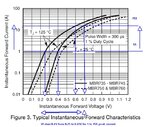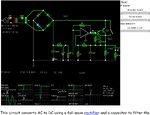Follow along with the video below to see how to install our site as a web app on your home screen.
Note: This feature may not be available in some browsers.


Are you going to build the power supply and test it or just simulate it?i need a maximum current of 1A.